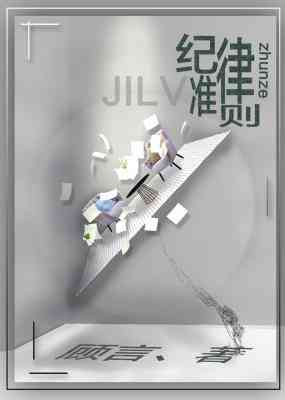AFRICA POLITICS
AFRICA POLITCS: Chapt. Four
DIMENSIONS OF AFRICAN POLITICS
The changes which have taken place on the African political landscape over the last decade and half have been multidimensional. They have occurred as much at the level of formal politics as in the arena of the informal processes that underpin the political system. They have also been generated by factors internal to the political system and those external to it, necessitating a close attention to the contexts within which the changes are occurring. Furthermore, while domestic, local and national-level considerations are critical to the definition of the process of change, external factors and international actors also continue to play animportant, even, at some conjunctures, determinant role in shaping outcomes. Understandably, much of the attention which has been focused on political change in Africa has been concentrated on the formal institutions and procedures of politics because these are both more visible and measurable. However, as is the case with politics elsewhere in the world, important as institutions and procedures are, they do not, in and of themselves, tell the whole story. For this reason, it is important that attention is paid also to the processes that underpin and mould/remould formal institutions and procedures, including especially the actors and actresses whose actions and inactions give life to the political system. And this can be done without a resort, as Chabal and Daloz (1999) do, to stereotyping African politics almost as a domain of abracadabra where the more one sees, the more one gets mystified. The main features of the changes in African politics that have occurred over the last 15 years andwhich have attracted the most attention in the literature include the following:
1. The Re-Structuring of the Terrain ofPolitical Competition and Governance: The decade of the 1990s in African history was ushered in with popular street protests or pressures which in many cases culminated in concerted efforts at reforming the institutions and procedures of politics and governance. Among the most interesting developments which occurred as part of this reform effort were the convocation of sovereign national conferences in many Francophone and Lusophone African countries; widespread constitutional reforms that resulted either in the amendment of existing constitutions or the production of entirely new ones; the end of single party/military rule; the restoration of multi party politics and the organization of multiparty elections; the embrace of the notion of independent electoral commissions; the adoption of widespread electoral reforms,including mixed list and proportional representation systems; the achievement by a significant number of countries of a peaceful alternation of power between ruling parties and their opponents; and the organization of repeat elections that have been identified by some as a critical indicator of democratic consolidation. These changes were designed to open up the political space and in so doing, allow for greater competition in the struggle for political power.
The ambition was to create a level playing field for all political actors, make government more representative and accountable, allow for greater popular participation in national governance, and enrich the public space as an autonomous arena for the articulation of popular aspirations and/or the canvassing of policy and political alternatives (see Olukoshi, 1998 for further details). Afro-optimists have mostly concentrated their attention on the improved prospects for the continent around the re-structuring of the political terrain; some early commentators were even to assess the changes in terms which spoke of a second liberation or an African renaissance. An Afro-barometer project designed to capture the progressive changes occurring was also promoted. Afro-pessimists have, in the main, however, read the changes with skepticism, pointing to their shortcomings and the problems of democratic consolidation that persist.
You'll Also Like
-

The Most Popular Comedian
Chapter 65 September 3, 2023 -

Red Envelope Group of the Three Realms
Chapter 1986 September 1, 2023 -

Reverse Domestication
Chapter 39 September 2, 2023 -

The Taste Of Apple Jam
Chapter 9 August 29, 2023 -

Using Gacha to Increase My Companions and to Create the Strongest Girls’ Army Corps
Chapter 84 August 28, 2023 -

In Order To Meet You, Beloved
Chapter 35 August 28, 2023 -

Disciplinary Code
Chapter 65 September 4, 2023 -

The Cat Transformation
Chapter 27 August 26, 2023 -

Active JK Idol Seems to be Interested in Me Who is a Free Person.
Chapter 32 August 25, 2023 -

After Being Robbed of Everything, She Returns as a Goddess
Chapter 47 August 25, 2023 -

The Marquis’ Eldest Son’s Lascivious Story
Chapter 232 August 26, 2023 -

The Male Leads Were Stolen by the Extra
Chapter 13 August 24, 2023
